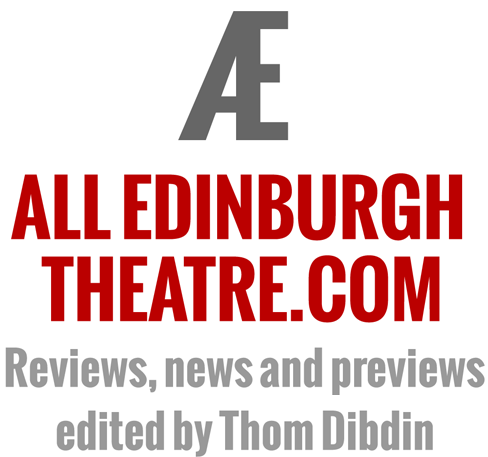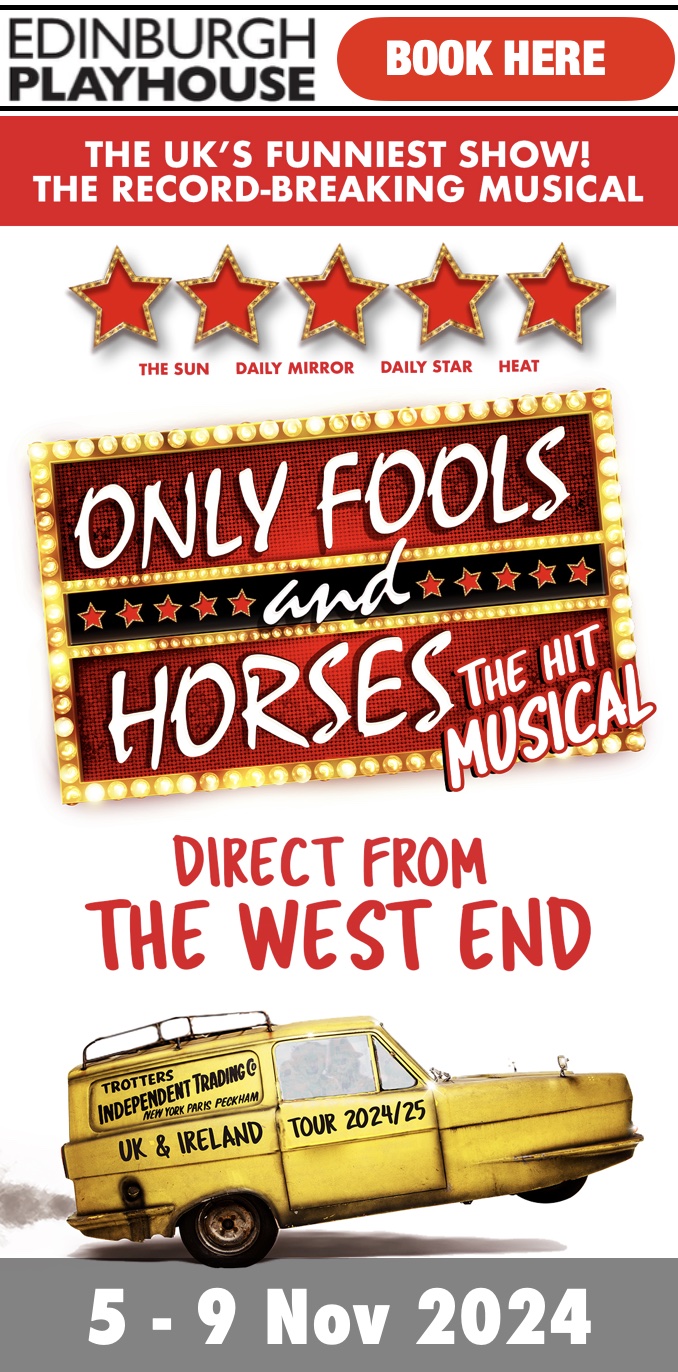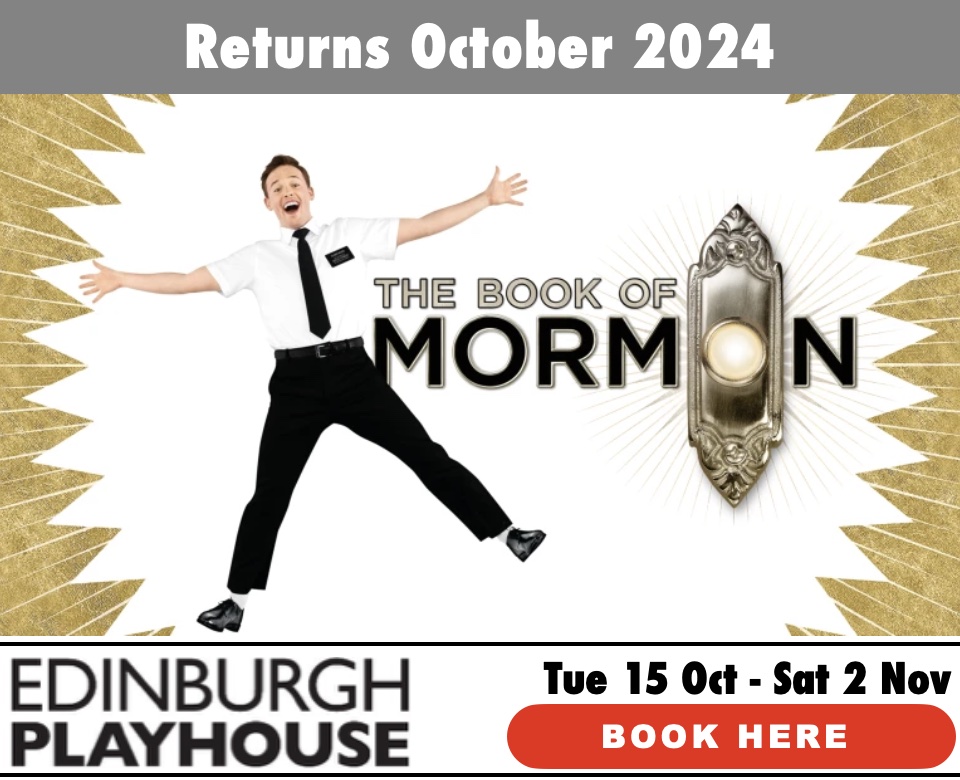Conflict in Court
✭✭✭✭✩ well-executed interactive trial
New Town Theatre (Venue 7) 31 July – 24 Aug 2014
The beautiful, brightly-lit space upstairs in the New Town theatre is decked out quite convincingly as a small courtroom where Tory MP Marcus Baillie seeks damages from a red-top tabloid, following accusations of his association with a rent boy.
Conflict in Court, which plays on current affairs and dominant popular prejudices toward both mainstream politicians and the media, sees emeraldBlue and LR Stageworks return to the fringe with a second well-executed interactive show written by Evening News arts editor Liam Rudden.
Once again the audience act as jury and must decide the outcome.
Edward Cory gives a slightly forced performance as the Judge. Clearly playing on, and to, popular perceptions of the role and those who occupy it he has a stern demeanor, RP accent and fuddy-duddy attitude. At times he carries this too far, risking tipping over into the pantomimic.
As the disgraced MP, Derek Douglas is initially somewhat stilted and low-energy in his performance. But, given the nature of the piece and the necessity of an early ambivalence concerning his character’s conduct and self-presentation, this is forgivable.
The same is true of Kerry Hamilton-Nichol as Newspaper proprietress Shirley-Anne Knot. Hamilton-Nichol’s competence and confidence undermine what is clearly intended to be portrayed as a nervous debutante to legal wranglings.
Anne Kane Howie and Phillip Kingscott are both excellent as the advocates, again playing on familiar (particularly televisual) stereotypes.
The star of the show, though, and its lynchpin, is Paul Murray as Mr Kennedy, the court usher. Responsible for guiding the audience in their deliberations, he deftly handles both them and his task. He is affable, confident and maintains the energy and pace of the piece well.
The show begins with a short sequence of opening set-pieces, introducing the key players, the context, and initial statements and evidence. This, the most clearly constructed and rehearsed part of the show, is somewhat low-energy, awkward and slightly stilted. Although, given the central conceit of the audience’s pivotal role in proceedings and thus the necessity of the slow reveal, this is understandable. The players do well to maintain a necessary early ambivalence.
Having run through these preliminaries, the piece then becomes playfully self-conscious. Cory introduces the ‘unconventional’ conceit of the jury’s cross-examination of the key players. It is from this that the piece gains its energy and interest.
Following the low-energy opening sequence, the show opens into broader improvisation, with the actors able to respond more freely to the unscripted questions of the jury and drawing the audience progressively into the stakes of the show well.
In the end, it is up to the audience, under the manoeuvring and ministrations of Murray, to dictate the direction and energy of the show and its conclusion. The piece is clearly intended as the lower stakes, less controversial and more accessible sister show to last year’s sell out Silence in Court, which also returns this year.
Nonetheless, it is able to spur an interesting and seemingly perennially pertinent debate concerning media ethics, the right to privacy and the public interest.
Running time: 1hr
New Town Theatre, Freemasons’ Hall, 96 George Street, EH2 3DH (Venue 7)
31 July – 24 Aug 2014 (not Tue 12)
Daily: 16.30
Tickets from: edfringe.com/whats-on/conflict-in-court
Silence in Court
Reviewed at EdFringe2013 here on All Edinburgh Theatre
New Town Theatre, Freemasons’ Hall, 96 George Street, EH2 3DH (Venue 7)
31 July – 24 Aug 2014 (not Tue 12)
Daily: 18.30
Tickets from: edfringe.com/whats-on/silence-in-court
ENDS



















